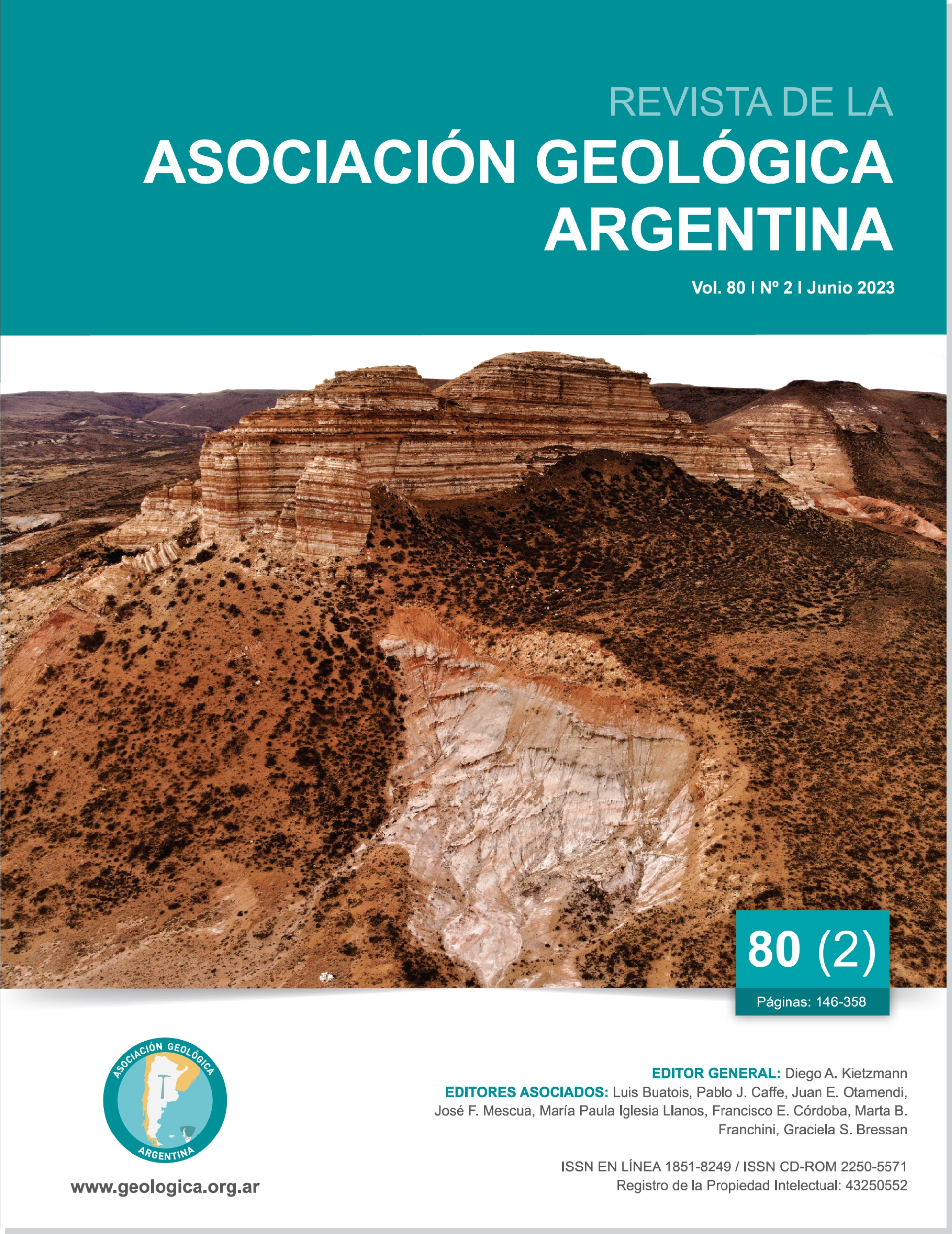Antecedent rainfall influence on landslides in the Colombian Andes
Main Article Content
Abstract
Colombia has a long history of mass movement disasters as a result of its geographic and hydrometeorological conditions. According to Gomez et al. 2021, most landslides have been triggered by rainfall and have caused 34.248 deaths over a 120-year period (1900-2019). Therefore, it is necessary to study the main cause of the slope failure, which is highly related to the presence of moisture in the soil. In this regard, considering the direct relationship of soil moisture with meteorological conditions and the greater availability of precipitation data, accumulated antecedent rainfall has been widely used in the literature as an indirect proxy for soil moisture. This criterion of antecedent rainfall analysis requires a justification for the selection of these variables. Therefore, this study presents an analysis of the relationship between antecedent rainfall events and landslides in the Colombian Andean Region by assessing the probabilities of landslide occurrence for those rainfalls and the coefficients of the logistic regression model. The results pointed out the short and medium-term antecedent rainfall (the first days and up to 2 weeks ago), followed by the monthly antecedent rainfall (between 30 and 40 days), as the most relevant for landslides. Likewise, critical values were obtained for these variables, which are useful for the definition of warnings alerts and also provide a basis for susceptibility, hazard and land-use planning studies.
Article Details

This work is licensed under a Creative Commons Attribution-NonCommercial 4.0 International License.
Nota de copyright
Los autores conservan los derechos de autor y garantizan a la revista el derecho de ser la primera publicación del trabajo licenciado según una licencia de atribución Creative Commons que permite a otros compartir el trabajo con el reconocimiento de la autoría y de la publicación en la que se publicó por primera vez.
Declaración de privacidad
Los nombres y direcciones de correo electrónico introducidos en esta revista se usarán exclusivamente para los fines declarados por esta revista y no estarán disponibles para ningún otro propósito u otra persona.

